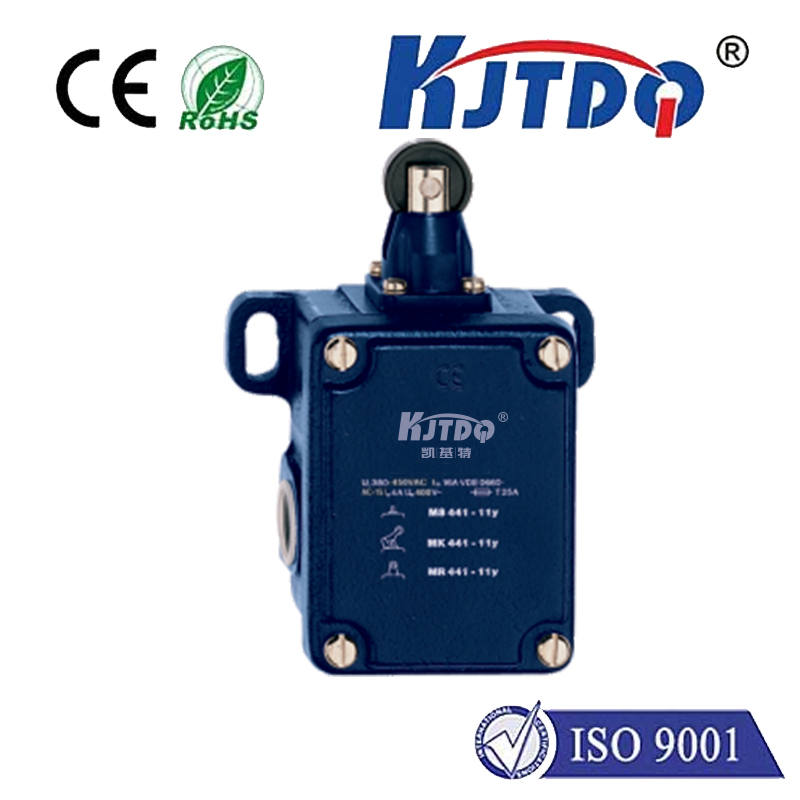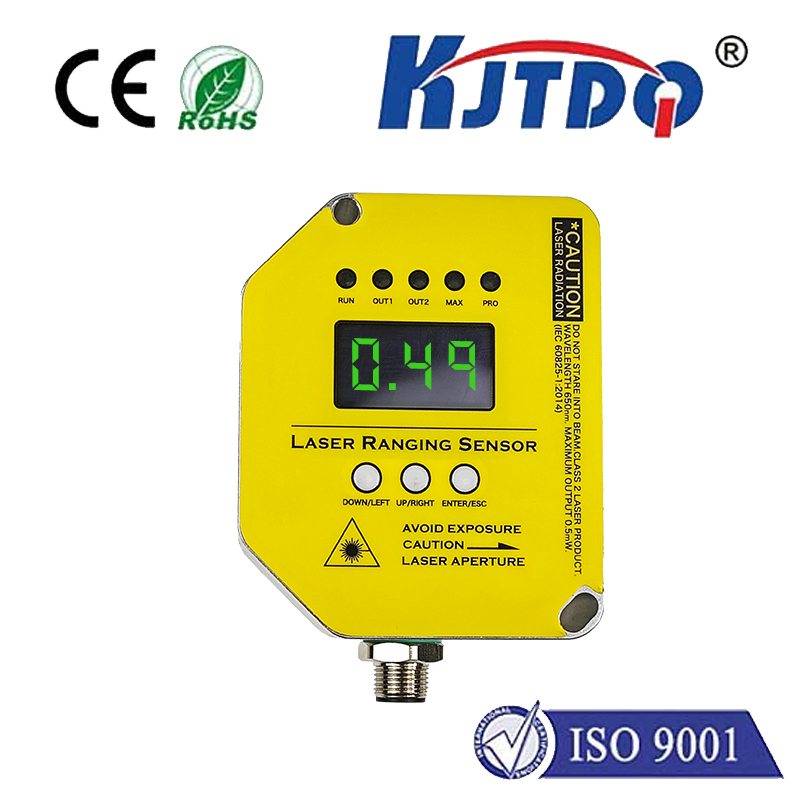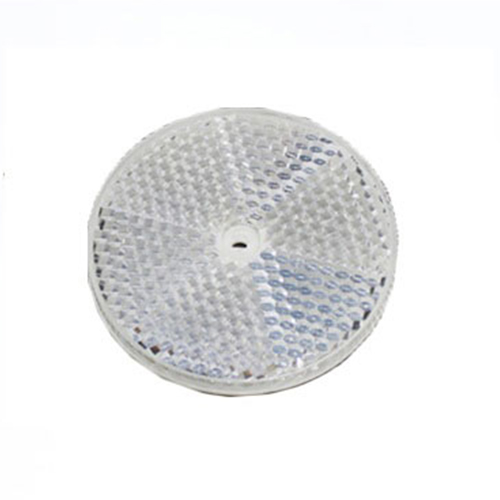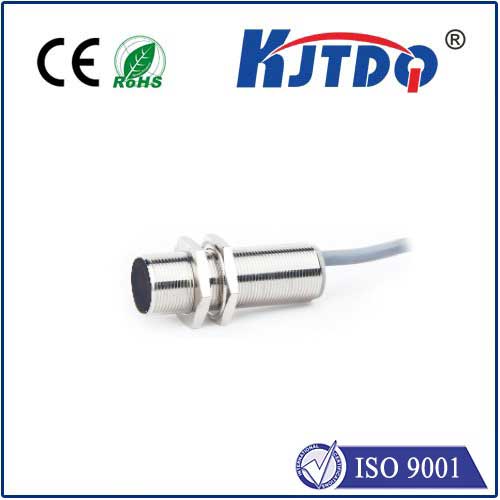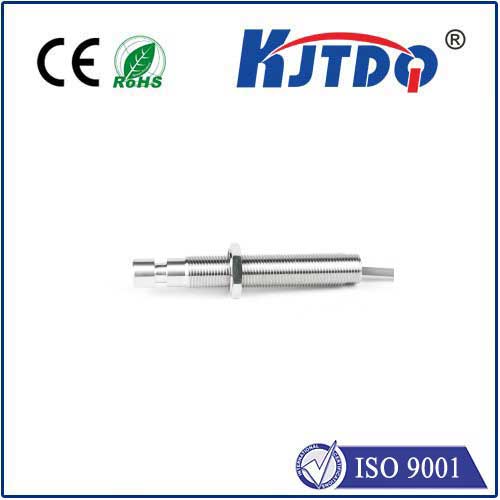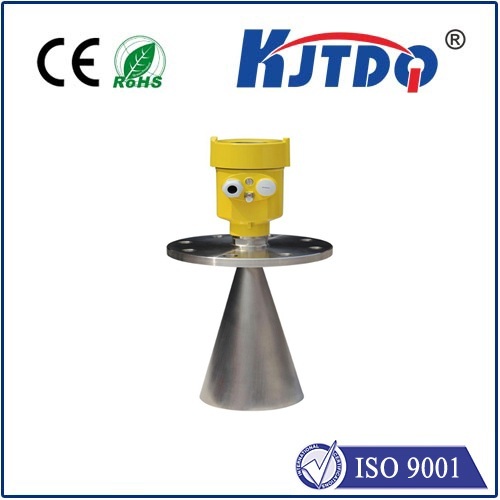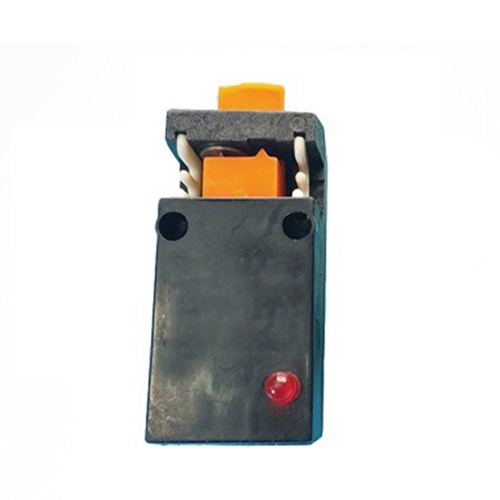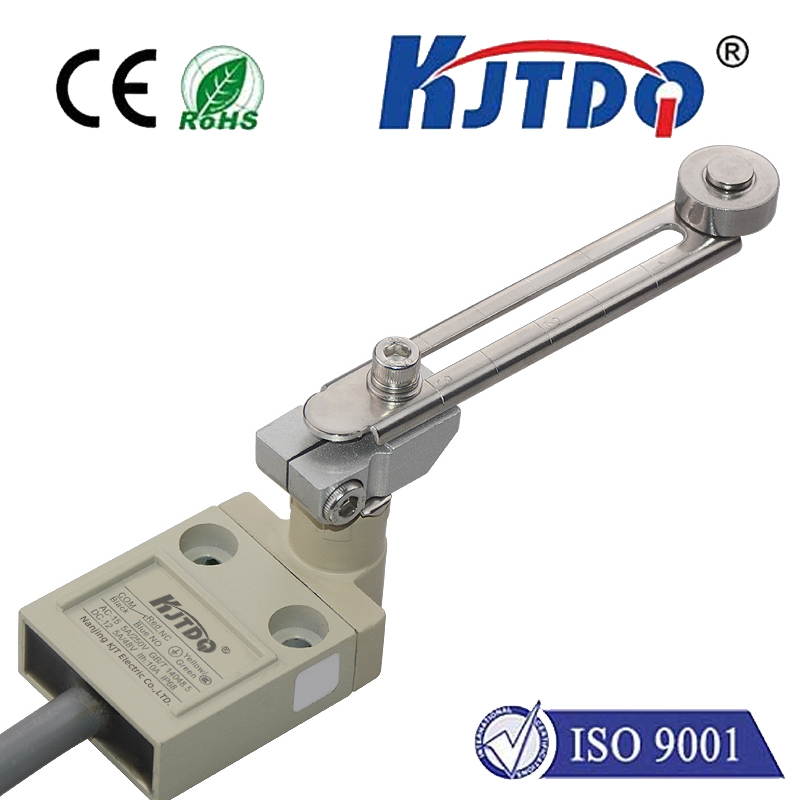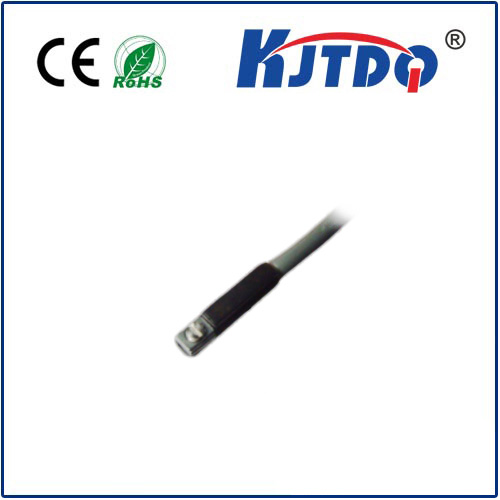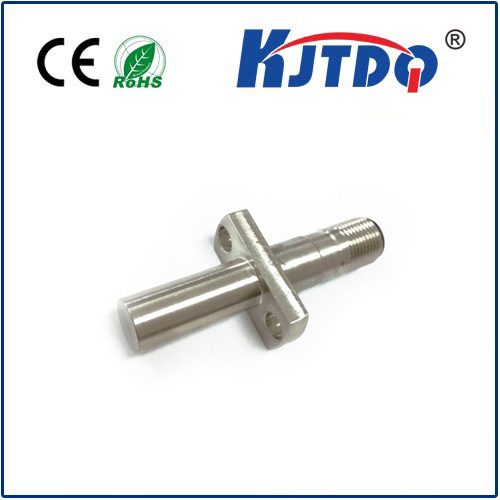stronger proximity sensor
- time:2025-06-27 03:29:39
- Click:0
Stronger Proximity Sensors: Powering Smarter, Safer Interactions in an Automated World
Imagine your smartphone screen instantly darkening when held to your ear, preventing accidental taps. Envision an industrial robot arm halting millimetres before colliding with a human worker. Picture your car automatically unlocking as you approach, key safely in pocket. These seamless, often invisible interactions are powered by a critical technology: the proximity sensor. But as demands evolve – greater range, unwavering reliability in harsh environments, finer precision – the need for truly stronger proximity sensors has become paramount. This drive towards enhanced performance is revolutionising how machines perceive and interact with the physical world around them.
At its core, a proximity sensor detects the presence, absence, or distance of an object without physical contact. Traditional sensors use various principles: inductive sensors for metals, capacitive sensors for a wider range of materials (including liquids), ultrasonic sensors using sound waves, and infrared (IR) sensors employing light. While effective in controlled settings, they often faced limitations. Restricted detection range, susceptibility to environmental interference (dust, moisture, electromagnetic noise), limited accuracy, and false triggers could hamper performance, especially in demanding applications like heavy machinery or outdoor systems.

So, what defines a stronger proximity sensor? It transcends mere physical robustness, encompassing a leap in performance, resilience, and intelligence:
- Enhanced Range and Sensitivity: Modern advancements allow sensors to detect objects from significantly greater distances or identify subtle presences that older models might miss. This is crucial for applications like anticipating vehicle approaches in automated warehouses or detecting fine gestures in advanced user interfaces.
- Unwavering Accuracy and Precision: Improved signal processing and sophisticated algorithms enable stronger proximity sensors to provide highly reliable distance measurements and minimize false positives/negatives. For instance, in collaborative robotics (cobots), precise detection ensures safe human-robot interaction zones are respected flawlessly.
- Robustness Against Environmental Challenges: Truly resilient sensors feature enhanced ingress protection (IP ratings) against dust and water. They incorporate superior electromagnetic interference (EMI) shielding to operate reliably near motors, welders, or power lines. Materials and designs are better suited to withstand extreme temperatures, vibrations, and physical impacts common in industrial settings or automotive applications.
- Adaptability and Intelligence: The next generation goes beyond simple detection. Features like programmable sensing ranges, adjustable sensitivity thresholds, and output signal configurability make them incredibly adaptable. Some integrate basic logic functions or diagnostic capabilities, signalling not just presence but potential sensor health issues.
- Miniaturisation & Power Efficiency: Advances allow for smaller form factors without sacrificing performance, enabling integration into compact devices like wearables and next-gen smartphones. Simultaneously, improved energy efficiency is vital for battery-powered IoT devices and sustainable operations.
Where Stronger Proximity Sensors Make a Critical Difference
The impact of these enhanced capabilities is felt across diverse sectors:
- Industrial Automation & Manufacturing: Stronger proximity sensors are the backbone of Industry 4.0. They enable precise object detection on high-speed assembly lines, ensure machine safety interlocks are fail-safe, verify part presence or orientation accurately, and facilitate predictive maintenance by monitoring vibration or component wear. Their durability in dirty, noisy, or wet environments is non-negotiable for factory uptime.
- Automotive Safety & Convenience: Modern vehicles bristle with proximity sensors. Stronger variants enable sophisticated Automatic Emergency Braking (AEB) systems to detect obstacles more reliably at greater distances. They power hands-free tailgates, keyless entry systems with broader range and security, and driver monitoring systems detecting attention lapses. Robustness against weather and road grime is essential.
- Consumer Electronics Evolution: While the classic phone screen-off function remains, stronger proximity sensing enables new features. Think bezel-less displays requiring ultra-precise palm rejection, smartwatches detecting when they are worn/removed, laptops that sleep when you walk away, and immersive AR/VR experiences relying on accurate spatial awareness of the user.
- Smart Homes & Building Automation: Enhanced sensors contribute to energy savings (lighting turning off in unoccupied rooms), security (intruder detection), and convenience (automatic doors, touchless faucets). Reliability over years of operation and resistance to false triggers from pets or sunlight are key.
- Healthcare & Medical Devices: Non-contact sensing is vital in hygiene-critical environments. Stronger proximity sensors enable touchless controls on medical equipment, precise fluid level monitoring, and patient presence detection for safety monitoring without intrusive contact.
Key Technologies Enabling the Strength
Achieving this leap in performance relies on several technological synergies:
- Advanced Materials & Packaging: High-grade plastics, specialised metals, and hermetic seals provide physical and environmental durability. Improved optical components enhance IR sensor performance.
- Sophisticated Signal Processing: Digital signal processors (DSPs) and smarter algorithms filter noise, compensate for environmental factors (like temperature drift), and extract the clearest possible signal, boosting both range and accuracy.
- Integrated Circuit (IC) Innovation: Sensor-specific ICs incorporate amplification, signal conditioning, and basic logic functions directly onto chips, improving performance, reducing size, and enhancing reliability.
- Multi-technology Integration: Combining sensing principles (e.g., IR with ultrasonic) within a single unit or system (sensor fusion) can overcome limitations of individual technologies, creating a more robust overall detection solution.
The Road Ahead: Towards Even Stronger Sensing
The evolution continues. We are moving towards proximity sensors that are not just stronger, but smarter and more integrated:
- AI-Enhanced Sensing: Embedding machine learning directly at the sensor level allows for adaptive learning of environments, anomaly detection, and even classification of detected objects based on proximity signatures.
- Advanced Sensor Fusion: Combining proximity data with inputs from cameras, LiDAR, radar, and inertial sensors creates a richer, more contextual understanding of the surroundings, crucial for autonomous systems and advanced robotics.
- Predictive Capabilities: By analysing subtle changes in the proximity signal over time, sensors could predict potential equipment failures or maintenance needs before they cause downtime.
- Energy Harvesting: Integrating mechanisms to power sensors from ambient light, vibrations, or temperature differences could enable completely self-sustaining, maintenance-free sensor nodes for vast IoT deployments.
The demand for stronger proximity sensors is driven by our push towards greater automation, enhanced safety, intuitive user experiences, and reliable operations in increasingly complex environments. By delivering superior range, ironclad reliability, pinpoint accuracy, and enhanced environmental resilience, these advanced sensors are quietly becoming an indispensable force, enabling machines to interact with their world more intelligently, safely, and efficiently than ever before. They are not just detecting presence; they are enabling a future of frictionless interaction.






